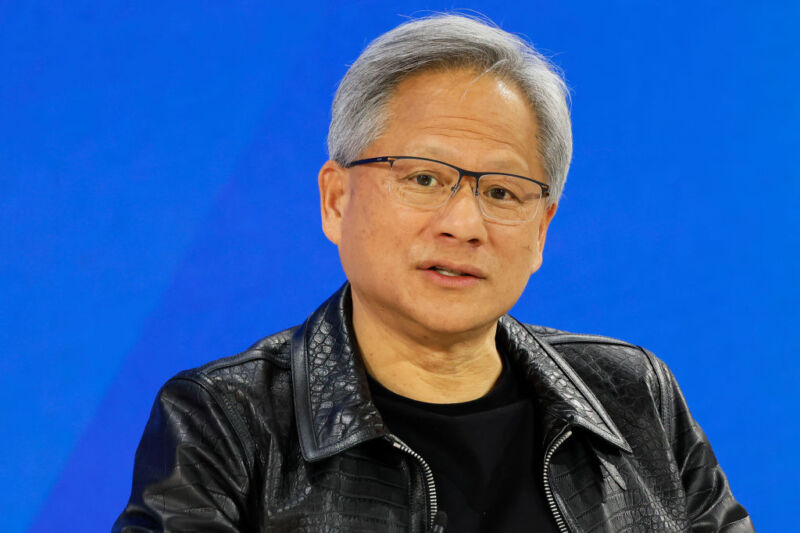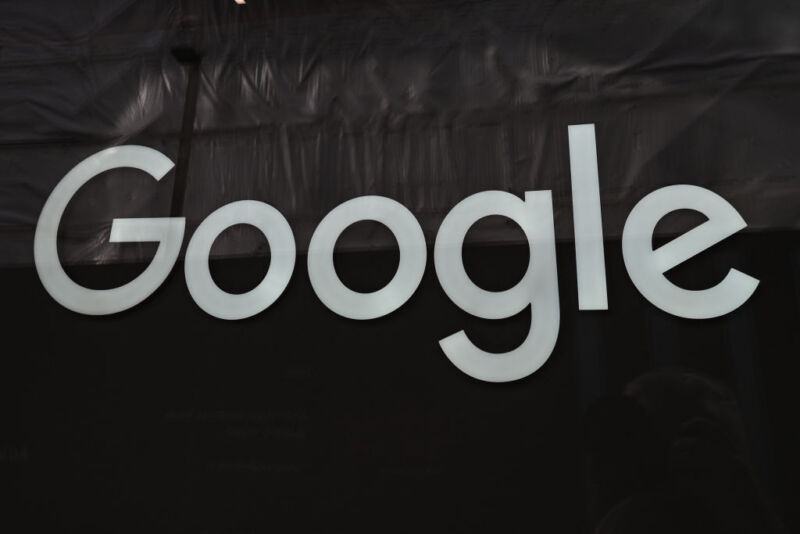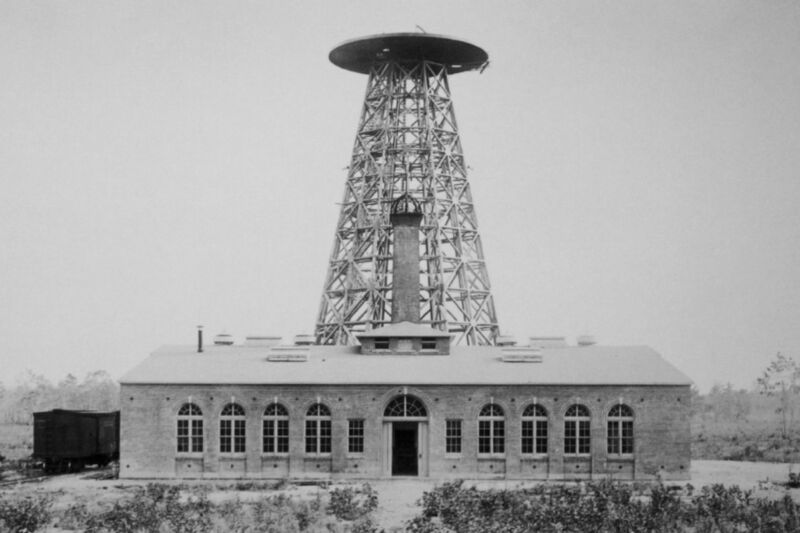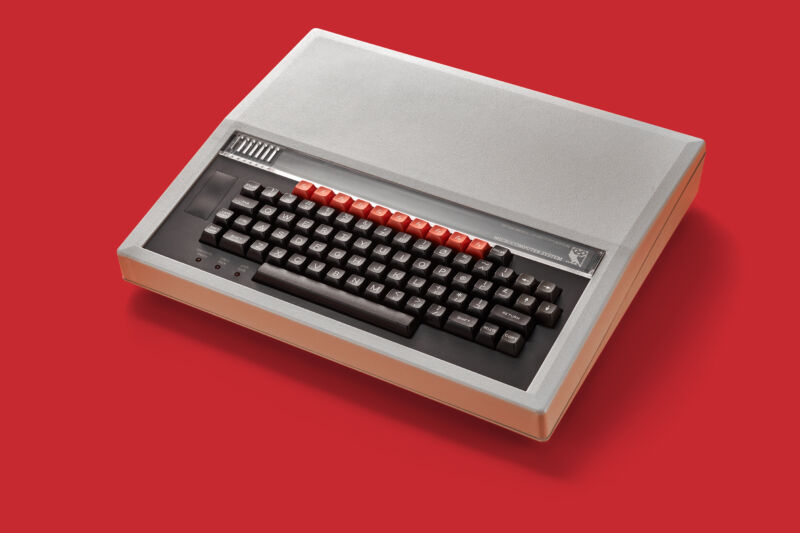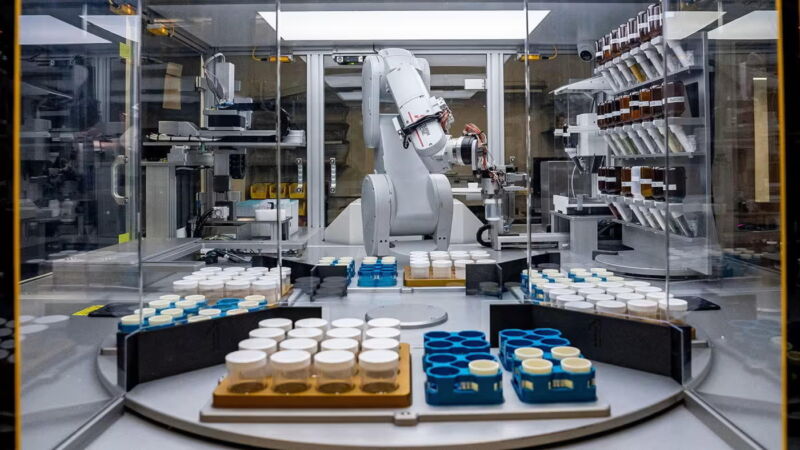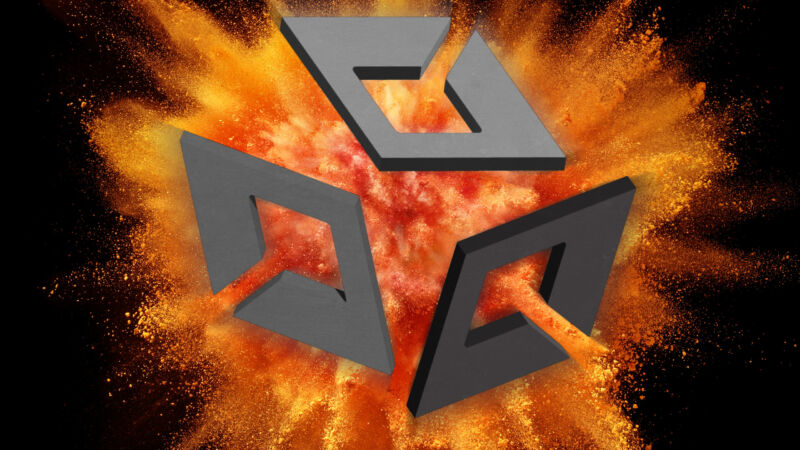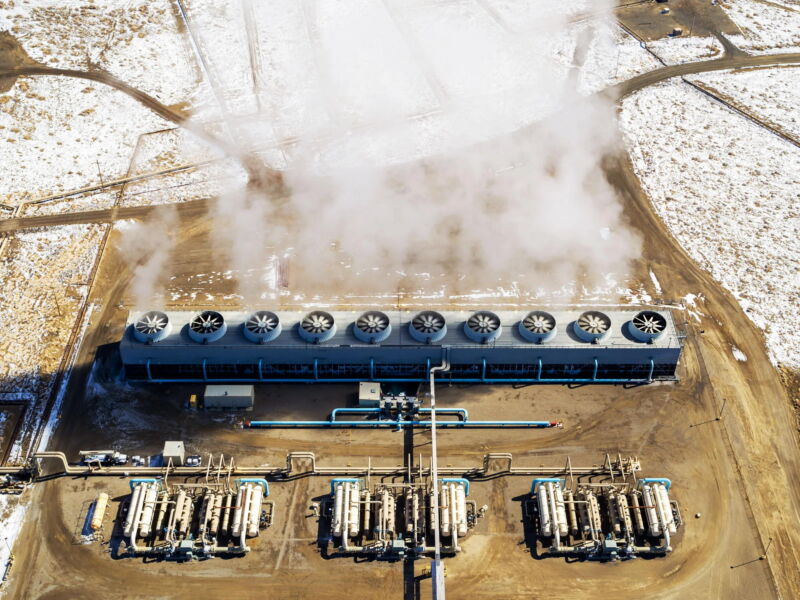
Enlarge (credit: Getty Images)
In the stretch of a few days, two municipal water facilities that serve more than 2 million residents in parts of Pennsylvania and Texas have reported network security breaches that have hamstrung parts of their business or operational processes.
In response to one of the attacks, the Municipal Water Authority of Aliquippa in western Pennsylvania temporarily shut down a pump providing drinking water from the facility’s treatment plant to the townships of Raccoon and Potter, according to reporting by the Beaver Countian. A photo the Water Authority provided to news outlets showed the front panel of a programmable logic controller—a toaster-sized box often abbreviated as PLC that’s used to automate physical processes inside of industrial settings—that displayed an anti-Israeli message. The PLC bore the logo of the manufacturer Unitronics. A sign above it read “Primary PLC.”
WWS facilities in the cross hairs
The Cybersecurity and Infrastructure Security Administration on Tuesday published an advisory that warned of recent attacks compromising Unitronics PLCs used in Water and Wastewater Systems, which are often abbreviated as WWSes. Although the notice didn’t identify any facilities by name, the account of one hack was almost identical to the one that occurred inside the Aliquippa facility.
Read 8 remaining paragraphs | Comments
Source: Ars Technica – 2 municipal water facilities report falling to hackers in separate breaches


